The Wings Behind Flowers
Ever wondered how plants are able to spread their population over such vast areas of land while being stationary? Pollinators help plants reproduce by bringing along pollen from flowers that they had visited to other flowers, fertilising them in a process called pollination.
When these pollinators travel between different forests and fields, they help pollinate plants that are physically far apart from each other and strengthen the flora in our environment through greater genetic exchange. Pollinators are important players in ensuring the health and longevity of our forest ecosystems.
So, what are pollinators? They come in all shapes and sizes. Let’s take a look at some pollinators you can find in Singapore!
Bees
Photo credit: Zestin Soh
These buzzing little creatures are the main pollinator for many food crops today, contributing to the variety of fruits and nuts you find in the market. As they visit flowers to collect nectar and pollen, the miniscule hairs on their bodies trap pollen and carry them to other flowers.
Did you know? Not all bees have stings! Besides the common honey bees that we know, there are more than 130 species of bees in Singapore, including the solitary bees and the stingless bees.
As the name suggests, solitary bees live alone or in small groups. They do not have colonies and thus do not have a queen bee. These bees also do not produce honey and they nest in dead wood, twigs, and under the soil. Similarly, stingless bees do not possess stings. These tiny insects, often no bigger than a pinhead, live in large colonies and are harmless to people.
Explore the educational bee-themed trail which covers three different bee habitats in HortPark, featuring elements and flowering plants that provide shelter and food for docile, native bees. Spot up to 20 different bee species that live in the gardens and learn about the many beneficial roles that native bees play. Find out more here.
Find out more about the main kinds of bees in Singapore here. To discover more about the roles bees play as pollinators and how you can make your garden more welcoming to these essential pollinators here.
Fig Wasps
Photo credit: Zestin Soh
The wasps, a close relative of bees, are also pollinators. Amongst the wasps, the fig wasps have an exceptional story to tell. Only fig wasps can pollinate the fig trees, and only the fig trees can provide fig wasps with the breeding ground they need.
As fig trees have flowers hidden inside the fig, their flowers cannot be pollinated the way flowers of other plants are pollinated. Instead, they rely on the reproduction process of fig wasps to pollinate their flowers.
The female fig wasps reproduce by entering a fig and laying its eggs in it. Eventually, when new female fig wasps are hatched from the eggs, they would pass by many of the male flowers within the fig, collecting pollen on its body. Then, when it emerges from the fig, it will go on to pollinate the female flowers of the next fig she visits.
As fig trees produce figs more frequently than other trees in the forest produce their fruits, they are an important source of food for many animals. That makes the fig wasps valuable pollinators. In Singapore, there are 48 native fig tree species, providing food for native animals such as the hornbills, civets and others.
Butterflies
Photo credit: Jason Yong
Butterflies are not only a beautiful addition to our parks and gardens, they also play
an important role in pollinating many of our plants. With its long, straw-like mouthpart called a proboscis, the butterfly can feed on the nectar of even tubular flowers like the firecracker flower. And in doing so, it collects pollen on its body and helps transfer them to other flowers.
Did you know that butterflies can see colours even better than we humans do? This helps them in their search for flowers, and bright colours like red, yellow, orange, pink and purple are especially attractive to them.
Butterfly caterpillars are fussy eaters and only feed on specific plants. Therefore, the presence of such plants are necessary for their survival. These larvae metamorphosise into butterflies and it is hence essential to ensure these caterpillars thrive in order for butterflies to flourish.
Do you enjoy butterfly watching? Would you like to learn about our butterflies and contribute to a citizen science study on these flying jewels? Join us for the Butterfly Watch, as part of the NParks Community in Nature Biodiversity Watch series, to help us to learn more about the butterflies in our City in Nature.
Birds
Photo credit: Tok Yin Xin
Just like how the butterflies have a special proboscis to feed on the nectar, sunbirds also have thin, downward-curving beaks that aid them in their flower-feeding habits.
In Singapore, there are seven species of sunbirds and these brightly coloured birds can be found in our parks and gardens. They reside in interesting pouch-shaped nests that hang off thin branches and sometimes even off potted plants along the HDB corridors.
Read this to learn more about how to differentiate between the common sunbird species in our green spaces.
Another species of birds that pollinate our flowers is the flowerpeckers. Unlike the sunbirds, only some flowerpeckers have downward-curving beaks. The next time you see a bird perched on a flower, take a look at its beak to find out if it is a sunbird or a flowerpecker!
Bats
Love eating durian, papaya or petai? We have our fruit bats to thank for these food crops we eat! Bats are one of the few mammal pollinators around. Trees like the durian and petai trees have flowers that hang down from its branches, granting the bats easier access to its flowers.
Similar to many other pollinators, some bats feed on the sweet nectar of flowers. During this feeding, the pollen from the flowers are caught on the bat’s fur.
There are 25 species of bats native to Singapore and they reside in parks, gardens and even urban areas like the roofs of buildings.
Learning More
If you are heading to our green spaces, do the right thing and be socially responsible. Maintain a safe distance from other park goers and keep to not more than five persons in a group, with no intermixing between groups. Always wear a mask except when you are engaged in strenuous exercise or when consuming food, drink or medication.
Do check out the visitorship levels of our parks using our safe distancing portal before you head down and avoid the ones with high visitorship. Learn about some simple do’s and don’ts when visiting our Nature Reserve and Nature Parks here.
Visit NParksSG, our refreshed YouTube Channel that serves as a one-stop repository for close to 300 video resources. It also provides you a platform for existing and future digital outreach including DIY gardening and related crafts, virtual tours of our green spaces, and livestream events.
For more information about the flora and fauna found in Singapore, please visit NParks Flora and Fauna Web.
If you like what you read, follow us on Facebook, Instagram and Telegram to get the latest updates.
Text by Ng Wenli
About the writer
Ng Wenli is an undergraduate at the Nanyang Technological University’s Wee Kim Wee School of Communications and Information. Currently in her third year of studies, she specialises in Advertising and Public Relations. During her internship at NParks, Wenli is helping to spread the message of greening Singapore by engaging different segments of the community through the educational materials she created for children as well as her articles written for NParks’ social media platforms and e-newsletter.


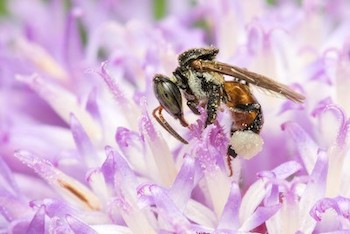
_copyright-zestin-soh.ashx)
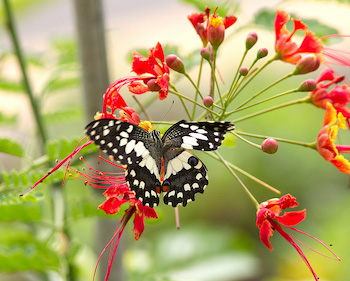
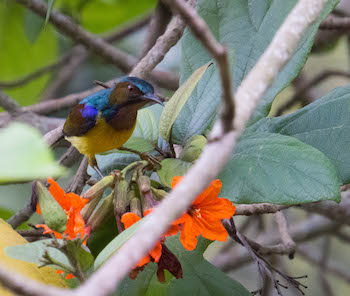
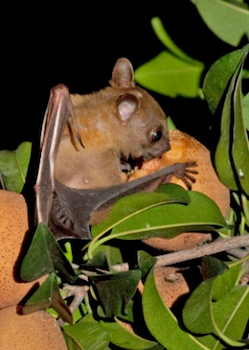
.ashx)
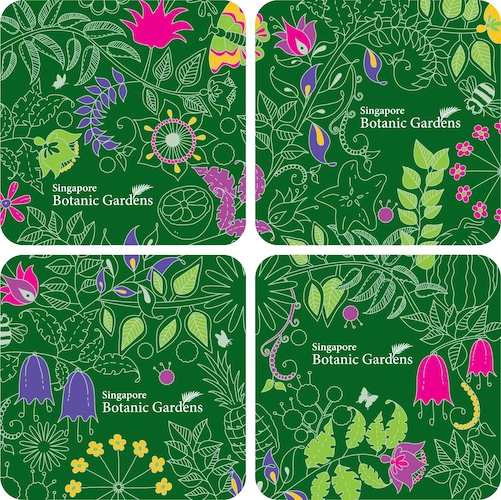
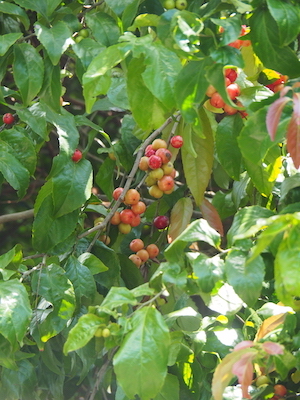
Have views or comments on this article? Let us know via this form. If you would like to give us feedback on any other areas relating to our parks and gardens, please submit via https://www.nparks.gov.sg/feedback